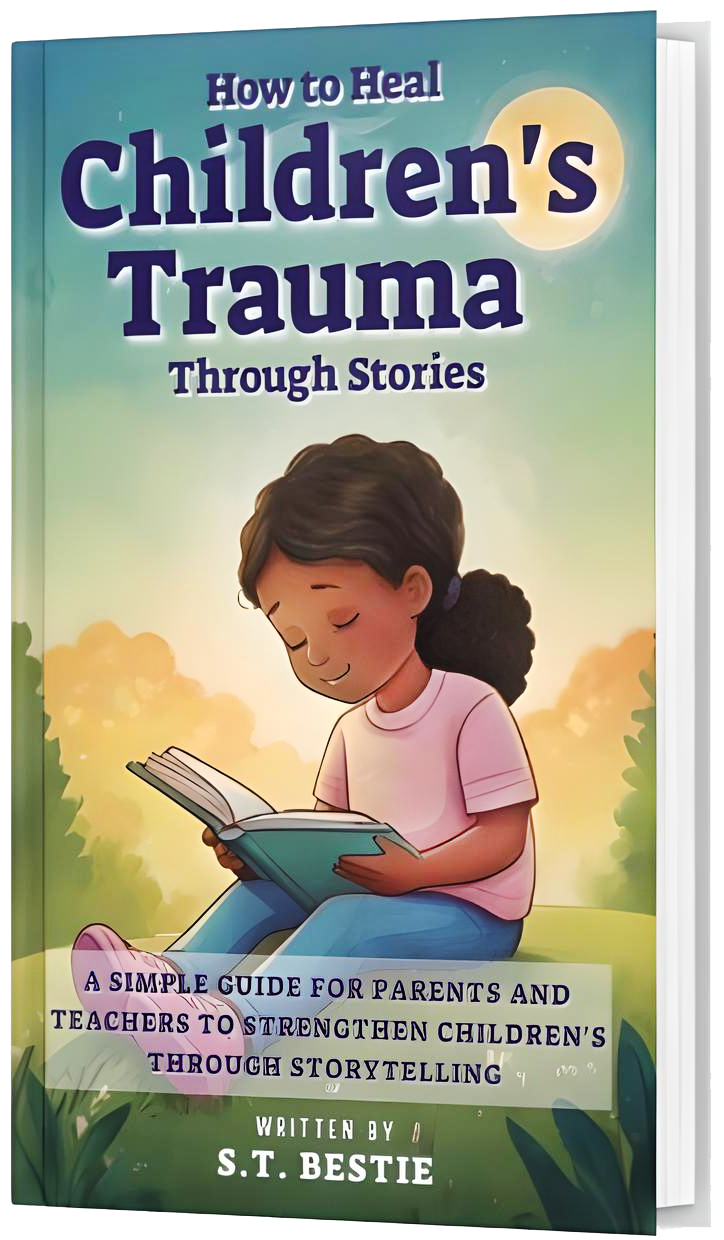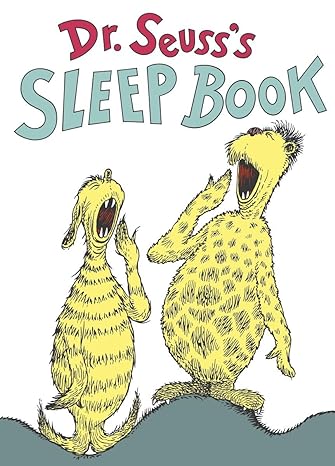Disclaimer: Some of the links may earn me a commission. However, it does not cost you more than purchasing it directly from the website. My goal is to provide you with the best products.


From Sneetches to Grinches:
Seuss’s World of Riches
Therapeutic Aspects in 'The Cat in the Hat'

Dr. Seuss has enchanted readers for generations with his whimsical stories and imaginative characters. Among his many beloved works, "The Cat in the Hat" stands out not only as a fun and engaging story but also as a book with deep therapeutic potential. Let's explore Dr. Seuss' magic and the therapeutic aspects embedded in this classic narrative.
The story
"The Cat in the Hat" tells the tale of two children, Sally and her brother, who are left home alone on a rainy day. Bored and restless, their day takes an unexpected turn when the Cat in the Hat bursts into them with his mischievous antics. The Cat, along with his companions Thing 1 and Thing 2, create chaos and mayhem, much to the children's delight and fish dismay. The story culminates in the Cat cleaning up the mess just in time for their mother’s return. This leaves the children with a sense of wonder and adventure.
Before We Discuss Therapeutic Aspects
It’s worth noting briefly that any story that gives the reader or listener a sense of well-being likely contains positive therapeutic elements, perhaps even without the author knowing it. Dr. Seuss's books, without a doubt, are immensely enjoyable and provide an enjoyable reading experience for readers of all ages. Let’s elaborate further.
1. Imagination and creativity:
Dr. Seuss' vibrant illustrations and playful rhymes stimulate the imagination and encourage creativity. The cat's unpredictable behavior and the fantastical elements of the story inspire young readers to see a world beyond their everyday experiences. This creativity validates and recognizes childhood's dominant imaginative aspect. It's easy for a child to identify with and love Dr. Seuss' books.
2. Managing emotions:
The story gently teaches children about handling emotions and unexpected situations. Sally and her brother initially feel bored and helpless, but the arrival of the cat introduces excitement and unpredictability. Through the chaos, children learn about coping with surprises and understand that emotions can shift from boredom to joy, and even to anxiety, as the story progresses.
3. Problem-Solving and Responsibility:
As Thing 1 and Thing 2 wreak havoc, the children are faced with a problem that needs solving. The cat's eventual cleanup illustrates the importance of taking responsibility for actions. This narrative arc helps children understand the consequences of their actions and the importance of making amends. This is a nice lesson in personal responsibility from a cool and fun perspective.
4. Conflict Resolution:
The fish, acting as the voice of reason, continuously warns about the cat's behavior, highlighting the tension between fun and caution. This dynamic offers a platform to discuss conflict resolution with children. It teaches them to balance fun with safety and listen to warnings and advice in an experiential manner that's easy to listen to and accept.
5. Therapeutic rhythm and rhyme:
Dr. Seuss's rhythmic and rhyming writing is soothing and engaging. Children can benefit from repetitive patterns and sounds, providing stability and predictability amidst the chaotic storyline. This rhythmic quality can be particularly beneficial for children with anxiety or sensory processing issues.
Conclusion
"The Cat in the Hat" is more than just a delightful children's book; it is a rich resource for therapeutic learning and emotional growth. Dr. Seuss' masterful blend of humor, creativity, and subtle life lessons makes this book a timeless tool for parents, educators, and therapists alike. By exploring the playful chaos and resolution within the story, children can learn valuable skills that contribute to their emotional and social development.
Dive into the world of Dr. Seuss with your children and uncover the magic and therapeutic potential within the pages of "The Cat in the Hat." Happy reading!
That's all for now.
I’d love to read your comments. See you in the next post,


In the meantime, you can download here
The 'How to Heal Children's Trauma Through Stories' ebook. A Simple Guide for Parents and Teachers to strengthen Children's Through Storytelling.
The price on Amazon is $6.90, but here you can get it for free!
More ESti Bestie Books







More of Dr. Seuss Magic
More Bestseller Treasures for Young Minds’ Pleasures
Pooh and Friends
Heartfelt Tales of Love and Trials

Pooh's Honey Trouble
More Selected Tove Janson's books:
Selected Mark Twain's books:

A timeless tale of two lookalikes, a prince and a pauper, who switch lives and experience the drastic contrasts of 16th-century England.

The Adventures of Tom Sawyer
The mischievous and adventurous life of a young boy in a small town on the Mississippi River.
Subscribe now.
And get your free ebook:
How to Heal
Children's Trauma
Through Stories
A Simple Guide for Parents and Teachers to strengthen Children's Through Storytelling
I built this site with love and ease with systeme.io, The "all-in-one" system.



































